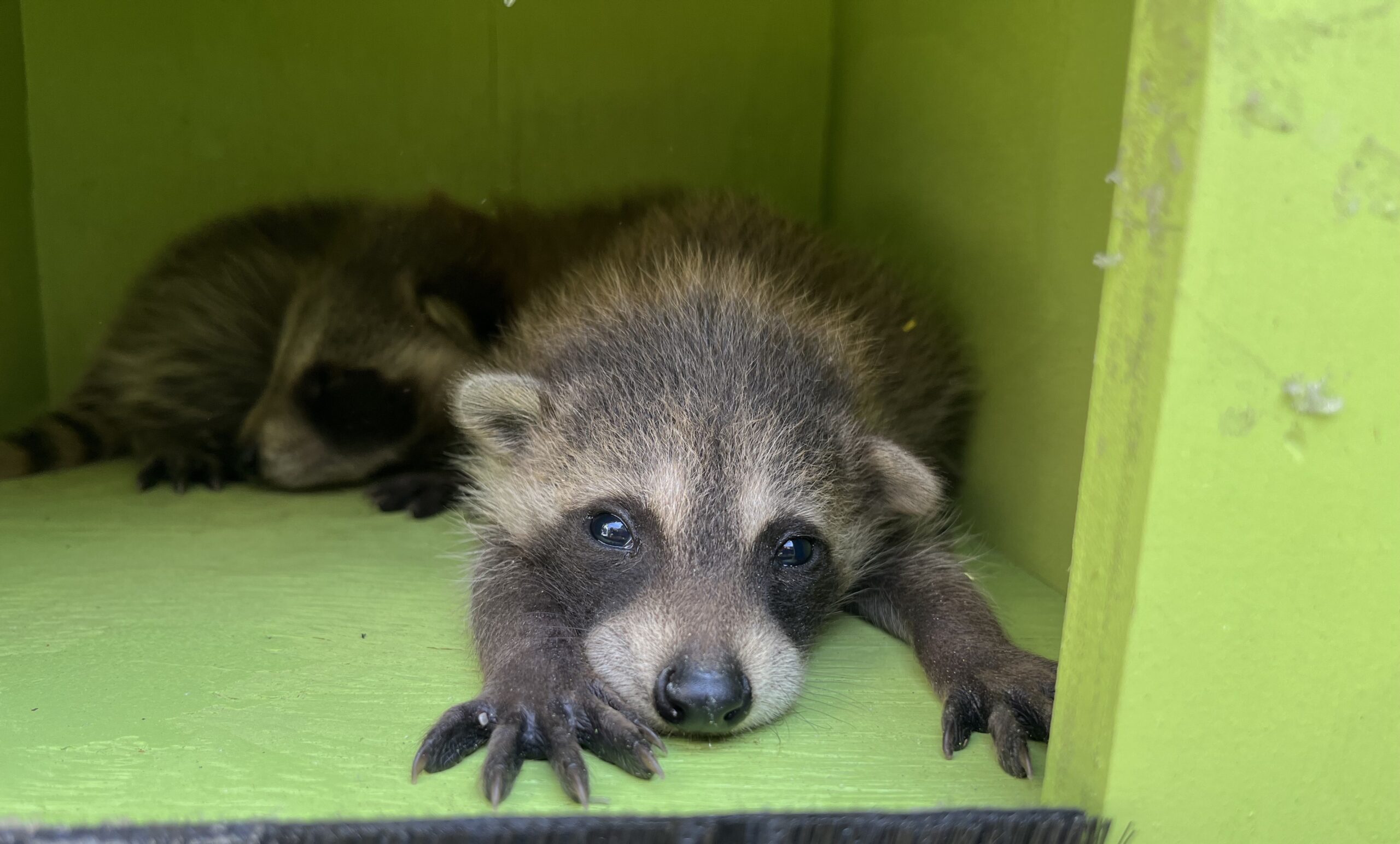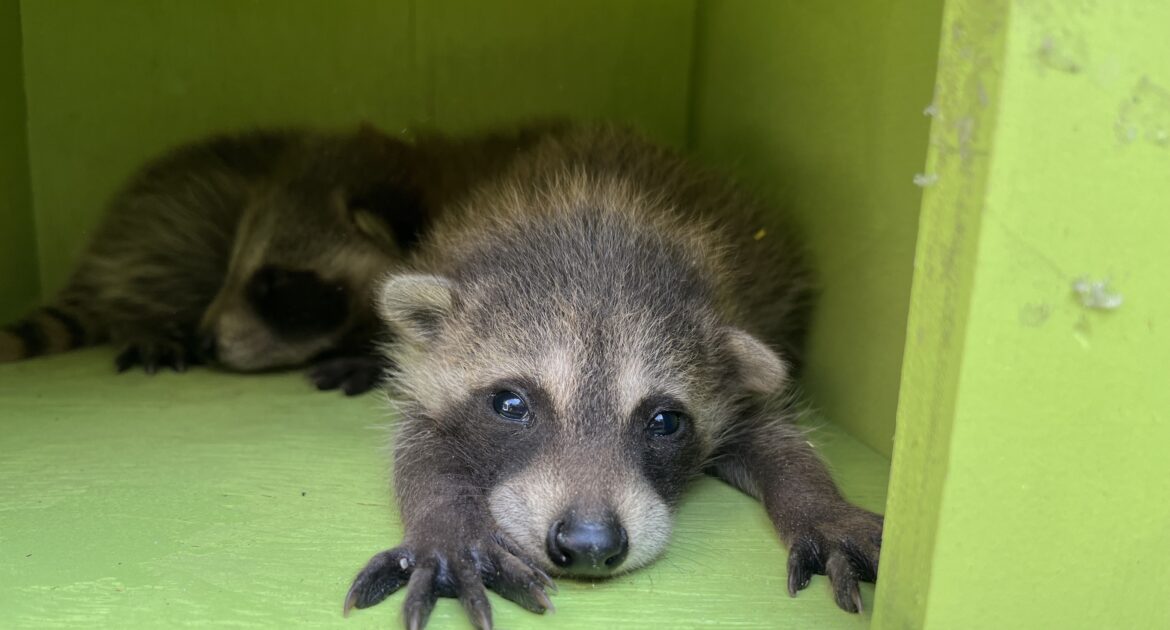Spring is here, and with it comes a surge of activity among urban wildlife. Animals like squirrels, raccoons, bats, and even mice are starting to prepare for their busiest time of the year—mating season. While their behaviour might seem harmless at first, you may not realize just how closely it impacts your home and health.
One commonly overlooked issue is the health risks associated with wildlife inhabiting your home. For example, bats, which are drawn to attics and wall spaces, often leave behind droppings or guano. This isn’t just messy—it carries health risks, too. Guano can harbour fungal spores linked to histoplasmosis, a disease that can cause serious respiratory problems if inhaled. Wondering where bats live or what a bat nest looks like? You might find out the hard way if your attic becomes a breeding ground this spring.
Understanding why animals are drawn to human homes during this season is the first step in preventing potential problems. Read on to learn why wildlife targets urban homes, the risks involved, and the preventative measures you can take to protect both your property and health.
Why Wildlife Targets Homes During Mating Season
Urban homes are prime real estate for some animals during mating season. But what makes these spaces so attractive? There are three main reasons for this: shelter, food availability, and proximity to resources.
Breeding animals need secure spots to raise their young. Warm, quiet places like attics, crawlspace, and sheds offer the perfect environment for them to nest. These enclosed spaces grant protection from predators and the elements, making them ideal locations for vulnerable offspring.
Even the smallest cracks or gaps in a building can serve as an open invitation. Loose shingles, damaged vents, and gaps in siding are like neon signs for urban wildlife. Raccoons love to exploit weak spots in rooflines, while squirrels can squeeze through openings as tiny as a few inches wide.
Your home may also inadvertently provide a buffet for wildlife. Overflowing garbage bins, bird feeders, and pet food left outdoors attract hungry animals. Once they identify a steady food source, they’re more likely to stick around—and bring their growing families with them.
Urban areas are rich in all the essentials—food, water, and shelter. This makes areas like cities and well-developed neighbourhoods a magnet for wildlife. Homes perfectly position animals near these key survival needs, turning residential spaces into unintended havens.
The Breeding Habits of Common Urban Wildlife
Understanding the habits of specific animals can help you identify who might be targeting your property.
- Squirrels: Known for their high energy, squirrels have two breeding seasons each year—spring and late summer. They typically seek out attics and chimneys to nest because these spaces are warm and safe. Once they settle in, expect them to raise litters of three to six young.
- Bats: Bats gravitate toward dark, enclosed areas like attics and wall spaces. Spring marks the start of their maternity season, during which female bats form colonies to raise their pups. Keep in mind that removing bats during this season must be done with care, as they’re often protected by law.
- Mice and Rats: Rodents like mice and rats breed year-round but see a spike in activity during spring. Basements, pantries, and wall cavities make excellent nesting spots. These creatures can reproduce quickly, leading to rapid infestations.
- Raccoons: Raccoons look for cozy shelters like chimneys or crawlspaces to have their kits, often raising four to five young. Their curiosity and intelligence make them especially adept at finding entry points around homes.
- Skunks: Typically setting up shop under decks or sheds, skunks aim to keep their litter safe from predators. Their strong scent is often the first clue that they’ve moved in.
The Risks of Wildlife Breeding on Your Property
Allowing wildlife to breed unchecked on your property can lead to several problems, from property damage to health hazards.
When wildlife finds its way into your home, it can cause significant property damage. Rodents have a habit of chewing on electrical wiring, which can create fire hazards and disrupt your home’s electrical system. Animals may chew through insulation or wood, weakening the structure of your home and compromising its energy efficiency. In addition, wildlife can damage vents, leading to poor ventilation and potential entry points for other pests.
Exposure to wildlife breeding grounds can pose health risks to you and your family. Wildlife droppings and urine can contain harmful bacteria and parasites, increasing the risk of disease transmission. Certain wildlife species, such as bats, can carry diseases like rabies or histoplasmosis. Avoid direct contact and take proper precautions if you suspect infestation.
Wildlife breeding on your property can create an appealing environment for other pests. Urban wildlife, like raccoons and skunks, can bring fleas and ticks onto your property, increasing the risk of infestation and potential health issues.
Preventative Measures for Springtime
Preventing animals from accessing your property during mating season requires a mix of vigilance, preparation, and professional intervention.
- Inspect Your Home: When inspecting your home, pay close attention to potential entry points for wildlife. Look for gaps, cracks, or any vulnerabilities in the structure. Focus on chimneys, vents, rooflines, and other areas that may provide access for unwelcome visitors.
- Secure Food Sources: Prevent wildlife hotspots by using wildlife-proof garbage bins and maintaining cleanliness in outdoor areas. Properly secure and clean up any outdoor food sources to avoid attracting wildlife to your property.
- Remove Potential Shelters: To discourage wildlife from nesting on your property, remove potential shelters. Clear away debris, secure sheds, and block access under decks or other structures where wildlife may find refuge.
- Professional Sealing Services: For a thorough solution, hire professionals to seal entry points and strengthen any weak spots in your home. Expert sealing services are an effective way to stop wildlife from getting into your property, especially during mating season.
Taking these preventative steps can help keep your property free from unwanted animals. Being proactive and working with professionals is the best way to protect your home and live peacefully alongside the wildlife in your area.
Why Timely Prevention Matters
Spring is a busy time for urban wildlife, making it important to act quickly to prevent infestations. Taking action during the breeding season is especially important for several reasons:
During this time, animals are more likely to settle in your home or property to build nests or have their young. If not addressed promptly, this can lead to long-term infestations. Humane removal is critical, especially when baby animals are involved.
Ignoring the issue can result in significant property damage and higher repair costs. Wildlife can harm your home’s structure, electrical wiring, and insulation if they are not removed in time.
By addressing wildlife problems early in the breeding season, you can stop animals from establishing themselves on your property. Acting quickly helps protect your home and reduces the risks associated with wildlife infestations.
Always approach wildlife issues with care. Humane removal methods not only ensure the safety of the animals but also protect your household from further problems.
Protect Your Home This Spring
Spring may bring life and renewal, but it can also invite wildlife where you least want it—your home. Wondering where bats live in the springtime? What about rats or squirrels? From squirrels and raccoons to bats and mice, these animals see our homes as safe spaces to breed and raise their young.
Keep your property protected with proactive measures and expert help. At Skedaddle Humane Wildlife Control in Mississauga, we specialize in prevention, humane removal, and wildlife-proofing solutions. Contact us today to request a quote and learn how we can help keep your home wildlife-free this spring!




